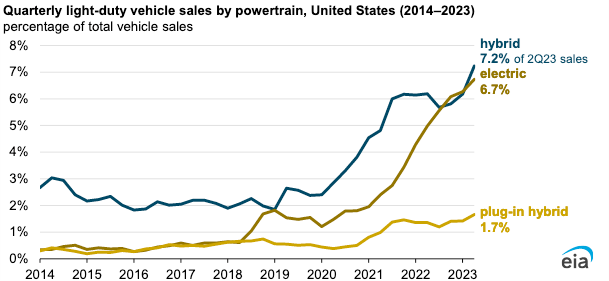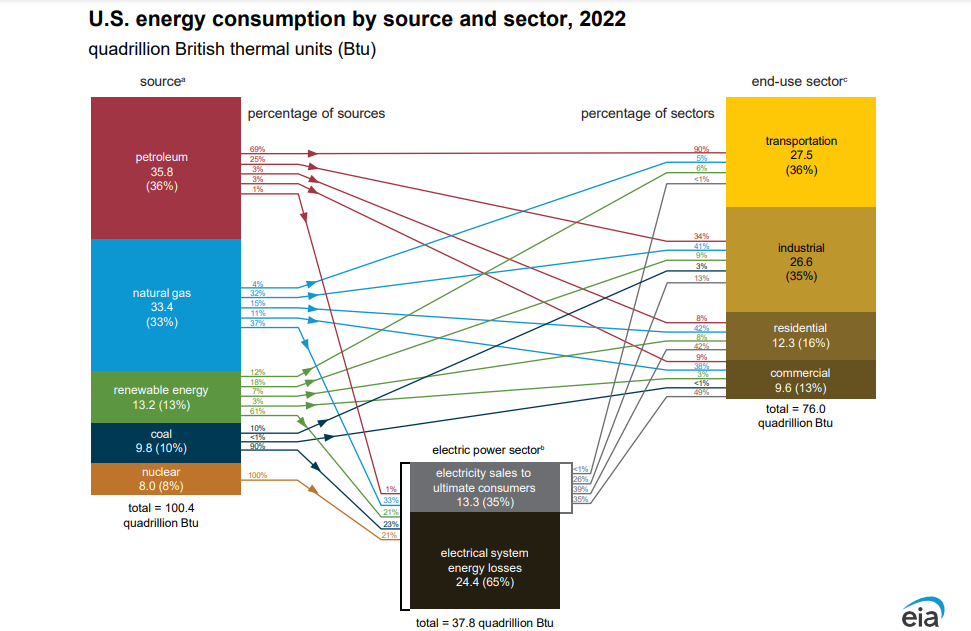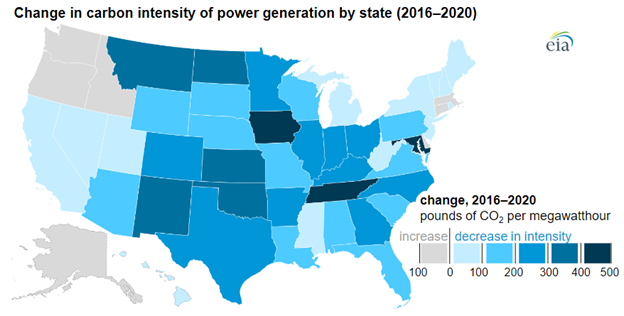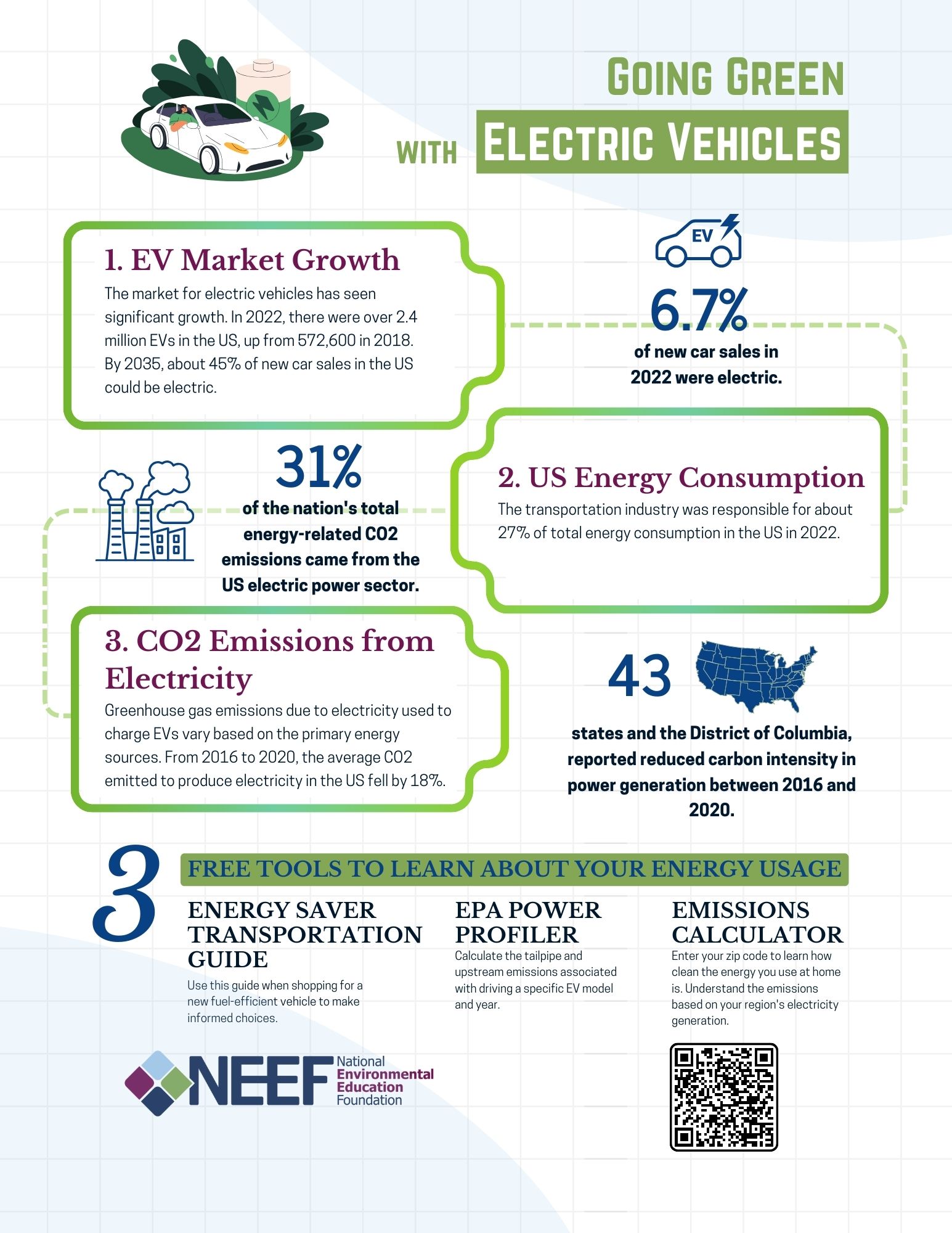
The market for electric vehicles (EVs) has grown rapidly over the past decade and is expected to surge in the years to come. Today, consumers can pick between a growing number of makes and models of all-electric, hybrid, or plug-in hybrid vehicles.
Consider these stats:
- There were more than 2.4 million EVs in operation in the US in 2022, compared with 572,600 in 2018.
- It’s estimated that globally, 14 million EVs will be sold during 2023.
- By 2035, about 45% of new car sales in the US could be electric.
Americans are increasingly turning to EVs due to concerns about carbon dioxide (CO2) emissions from gasoline-powered cars and rising fuel costs. Electricity is cheaper than gasoline or diesel fuel, costing about $6 to drive 200 miles at a nationwide average, according to the US Department of Energy (DOE).

These changes are coming fast. Having more energy-efficient options is good news, considering that the transportation industry was responsible for about 27% of total energy consumption in the US in 2022.
However, the rise of EVs has also brought new questions about their environmental impact. While EVs do not burn fossil fuels, they rely on electricity, which is produced in a variety of ways that can result in greenhouse gas emissions. The manufacturing process for EVs also requires a substantial amount of energy.
Where Does Electricity Come From?
All-electric vehicles can typically travel between 110-300 miles on a single charge. EVs can be charged at home or at more than 140,000 public charging outlets across the country. But where does this electricity come from?
The US uses many different sources to produce many different types of energy. Primary energy sources include fossil fuels like petroleum, natural gas, and coal, as well as nuclear and renewable sources. Electricity is a secondary energy source generated from primary energy sources. In 2022, CO2 emissions by the US electric power sector accounted for about 31% of the country’s total energy-related CO2 emissions.

Fossil fuels have dominated the US energy mix for more than 100 years, but that has changed over time, with petroleum’s share of energy consumption peaking in 2005. The sources of energy used by each sector vary widely, as illustrated in the below chart.

Greenhouse gas emissions due to the electricity used to charge EVs vary widely based on what kind of primary energy sources are used where the car is driven and charged. From 2016 to 2020, the average amount of CO2 emitted to produce a unit of electricity in the US fell by 18%, a trend that is expected to continue as the US energy mix continues to move away from coal toward natural gas and renewables. Forty-three states and the District of Columbia recorded lower carbon intensity of power generation during that time frame.

Reducing the Environmental Impact of Electric Vehicles
In addition to having questions about the environmental impact of the US power grid, consumers want to learn more about how EVs are made. One common myth about EVs is that the significant energy required to manufacture their batteries makes them worse for the climate than a gasoline-powered car.
It is true that fossil fuels are used to mine and heat the lithium, cobalt, and nickel in EV batteries. This intensive process means it can take around 80% more greenhouse gas emissions to build an EV than a comparable gas-powered car, according to estimates using Argonne National Laboratory's GREET Model.
Still, the US Environmental Protection Agency confirms that greenhouse gas emissions associated with an EV over its lifetime are typically lower than those from an average gasoline-powered vehicle, even when accounting for the current manufacturing process. EVs have zero tailpipe emissions and are typically responsible for significantly fewer emissions during operation. They are poised to become even greener as the energy grid continues to become cleaner over time.
Recycling EV batteries can reduce the emissions associated with manufacturing an EV by reducing the need for new materials. Research is ongoing to improve the process and recycling rates. Making EV supply chains more resilient will also decrease emissions. For example, producing batteries in places powered by relatively low-carbon electricity or renewable energy will make the process greener.

Celebrate Energy Awareness Month by Learning About Energy Usage
October is Energy Awareness Month, a time to consider where the energy we rely on every day comes from and what each of us can do to conserve energy. You can get involved by using the DOE’s Energy Saver Guide to save money and energy at home and on the road.
Our transportation choices can make a big difference in our energy use. Are you considering making the switch to EVs but want to learn more about them first? Explore the below resources.
- EPA Power Profiler: Enter your zip code to learn how clean the energy that you use at home is. The type and amount of emissions produced depend on how electricity is generated in your region.
- DOE Beyond Tailpipe Emissions Calculator: Calculate the tailpipe and upstream emissions associated with driving a specific model and year of EV.
- DOE Energy Saver Transportation Guide: Use this collection of tips and tools when shopping for a new fuel-efficient vehicle.


